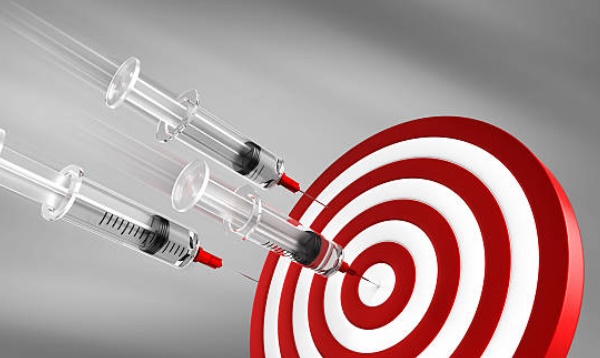At Novant Health in Winston-Salem, N.C., the new ultracold coolers are prepared — enough to in the end house in excess of 500,000 portions of the first Covid antibody endorsed in the United States.
In Los Angeles, the Cedars-Sinai clinical focus has introduced additional surveillance cameras to secure the mystery area of its soon-to-show up stockpile of the immunization.
In Jackson, Miss., the state’s best two wellbeing authorities are planning to move up their own sleeves in the coming days and be the first to get the shots there as cameras move, wanting to send the message, “We confide in it.”
The Food and Drug Administration’s crisis approval on Friday evening of the antibody created by Pfizer and BioNTech has gotten under way the most goal-oriented inoculation crusade in the country’s set of experiences, a test of stunning extents arranged against a background of taking off disease rates and passings. This weekend, 2.9 million dosages of the antibody are to start going via plane and watched truck from Pfizer offices in Michigan and Wisconsin to assigned areas, generally clinics, in every one of the 50 states.
The main infusions are required to be given by Monday to high-hazard medical services laborers, the underlying advance toward the objective of vaccinating enough Americans by spring to at last end the spread of an infection that has killed almost 300,000, nauseated millions and overturned the nation’s economy, training framework and day by day life.
The fast advancement of the antibody, and its approval dependent on information demonstrating it to be 95 percent successful, has been a victory of clinical science, however much in this confounded next stage could turn out badly.
The Pfizer antibody should be kept at less 94 degrees Fahrenheit, and the exceptional boxes it is being dispatched in can be opened close to double a day, to keep up the profound freeze. Results, as achiness or cerebral pain, could cause a portion of the medical caretakers, specialists and other people who are preferred choice for the antibody to miss a day or two of work, testing overburdened emergency clinics.
States state they have just a small amount of the financing they need from the government for staffing to manage the shot, for following who has gotten the two portions of the immunization — a promoter is required three weeks after the underlying infusion — and for other pivotal bits of the exertion.
“Our groups are on reserve, prepared to turn,” said Dr. Anne Zink, Alaska’s central clinical official. The vast majority of the state’s assignment will be conveyed to a focal area and afterward flown in modest quantities, frequently in little planes, to remote and centers that should rapidly manage it.
